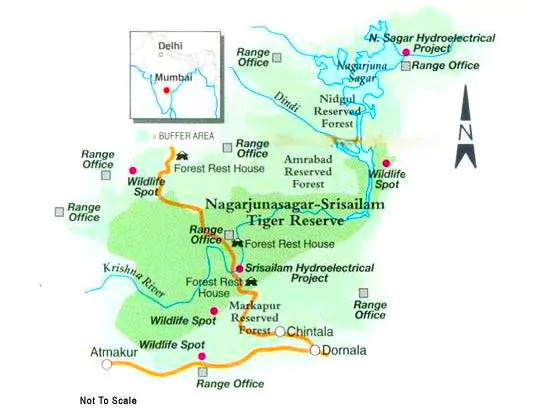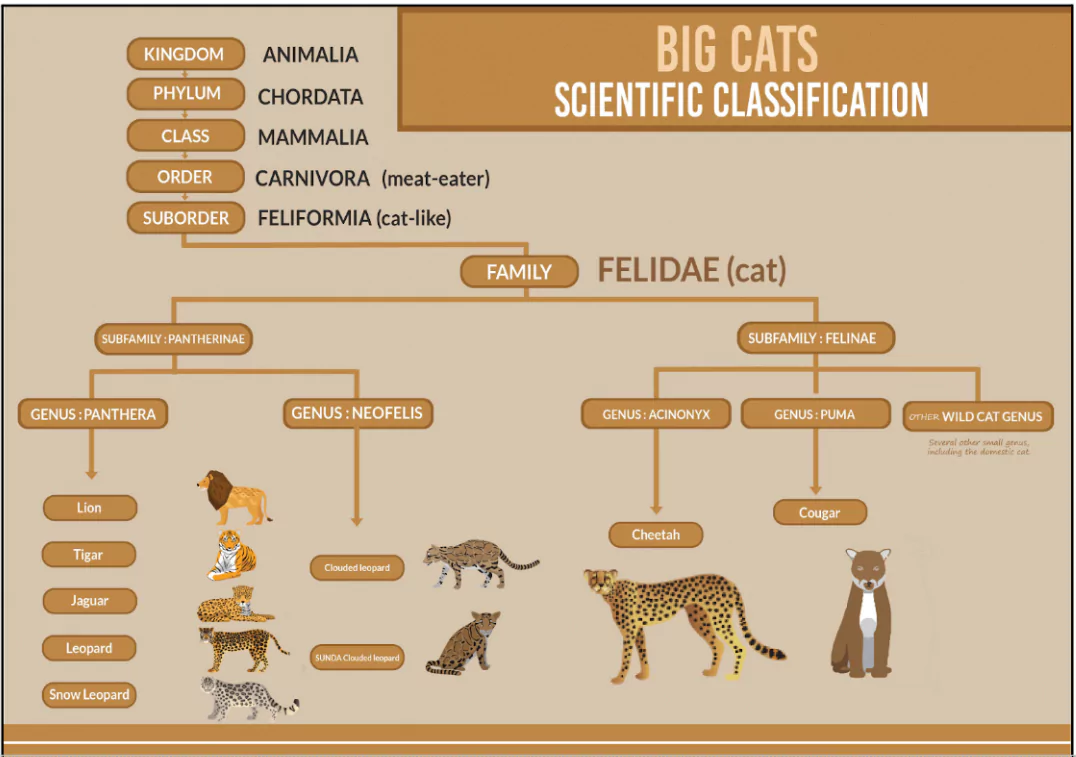![]() 16 Oct 2024
16 Oct 2024
The Nagarjuna Sagar-Srisailam Tiger Reserve (NSTR) has been ranked first among India’s 55 tiger reserves for its leopard population, with an estimated 360 leopards as per the ‘EnviStats India-2024’ report.



<div class="new-fform">
</div>